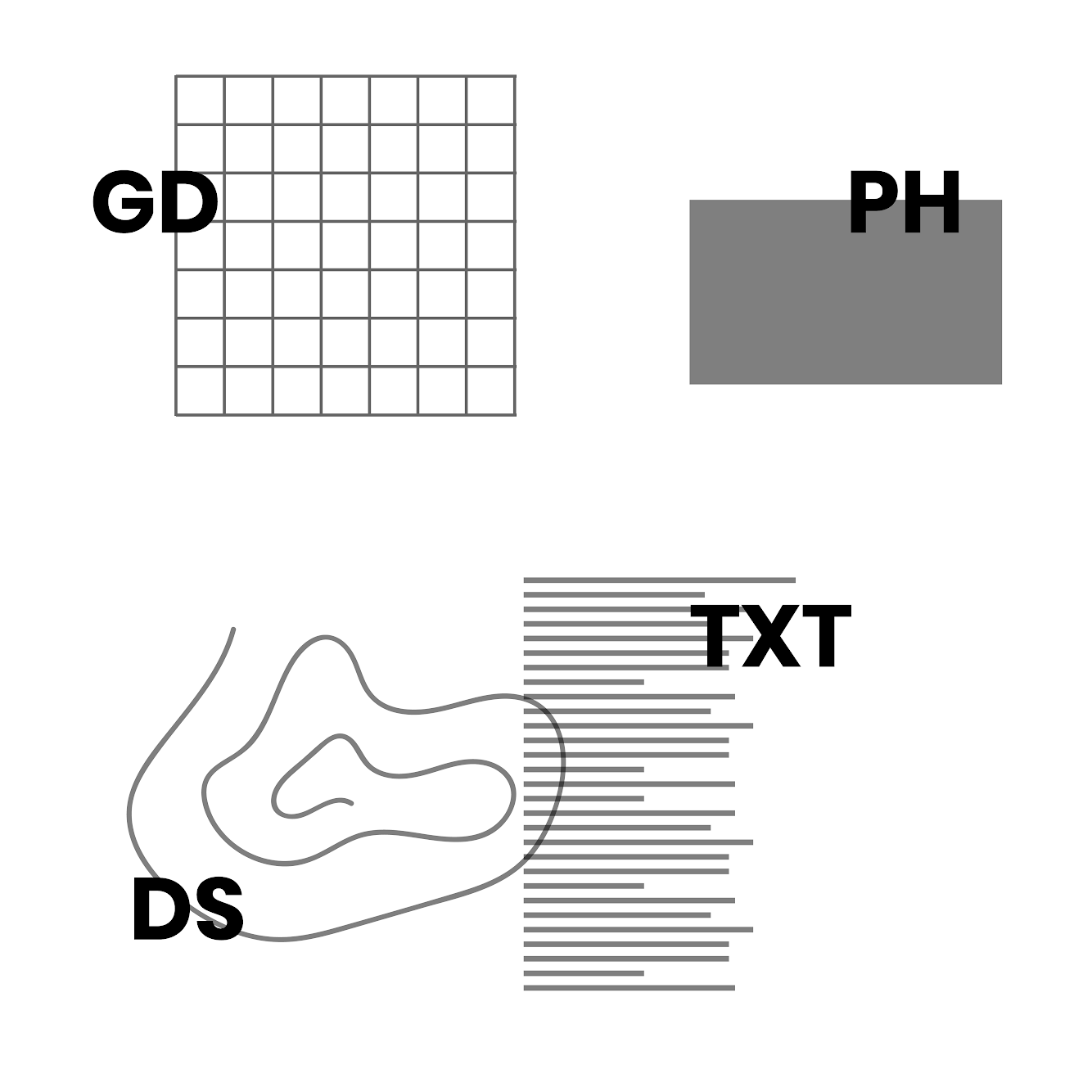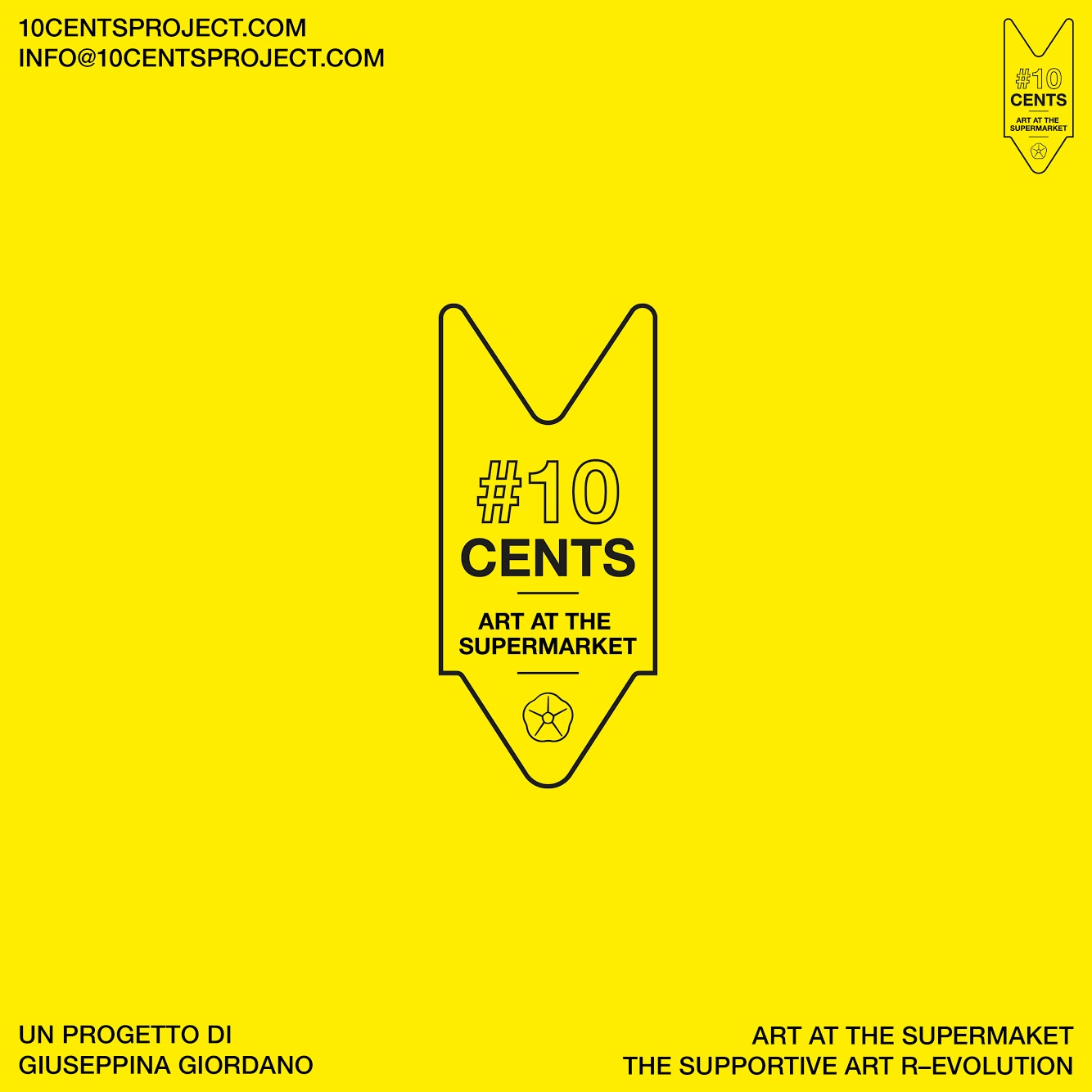An online platform quickly developed in the spring months of this momentous 2020, characterised by deep uncertainty and the need to feel connected with one’s own interests, projects and collaborations. Ten days after the lockdown and general confusion, and for the following 93 days – from 21 March to 21 June 2020 – this platform created a real virtual space, a safe harbour in the storm.
Saloon Milano has in fact mapped, shared daily and preserved 96 projects and cultural works dedicated to the community as a participatory archive of the present, enriching the dialogue and exchange about this incredible historical moment we have experienced and are still experiencing with 41 interviews conducted with experts and professionals of different skills. Now that we are free to move around again, Saloon Milano has concluded its mission, but the contributions collected constitute an important legacy of artistic and cultural ideas and initiatives, representing both a record and interpretation of the many ways resistance manifested itself in the time of Coronavirus.
We discuss this with Susanna Ravelli, part of the editorial staff and, from the start, one of key drivers of this project focused on memory, the ability to take a break and appreciate the “Thoughts and projects of curious people” because these can act as experiential teaching, “regenerating relationships between networks and communities that give power to art, beauty, the common good and solidarity for a good life.”

Benedetta Bodo: How did you select the projects and the people interviewed? Were they suggested to you and have you evaluated them according to a range of initiatives that could be used and enjoyed from home during the time of the health emergency, or did you personally contact artists and professionals?
Susanna Ravelli: The search started by mapping the projects active in Milan at the beginning of COVID, a task performed by Associazione non Riservato, part of Saloon’s founding network. The editorial staff of Saloon then decided to expand the search with art and design projects characterised by participatory approaches and methods, present throughout the country and with foreign references. This is how our daily search for initiatives and projects, which we individually contacted and involved in this “archiving” of contemporaneity, began. As Saloon received significant endorsements and press reports, we received voluntary applications, which we reviewed and published. On the homepage of Saloonmilano.org it was also possible to download the procedures to submit a proposal, so as not to limit the opportunities for knowledge and self-nomination.
Saloon’s editorial staff contacted the people responsible for the projects we were interested in with a view to establish a relationship of reciprocity and sharing vis-à-vis the initiative, as well as create and strengthen bonds of collaboration.

93 days, 96 projects, 41 interviews and many collaborators. What was the response to Saloon Milano? How many exchange channels were activated? How many interactions did the project generate?
At the moment, after the platform froze on 21 June 2020, we have started counting the results of Saloon, the interactions generated. This is our research phase, aimed at collecting quantitative and qualitative indicators. We are working on it, so I do not have any exhaustive data yet. We are interviewing the network’s organisations to understand which relationships emerged in the interaction between the projects, how many people involved intercepted the projects and what value these people gave to a resilient society.
I can tell you that the network which created and launched Saloon consists of 16 public and private associations and organisations, providing us with four press offices and many collaborators who have been active on Facebook, Instagram and Twitter for translations and website updates. We had the support of several art and design magazines that helped us promote the projects and contributed to the voluntary applications.
For three months, every morning, at least four people in the editorial office selected and edited the daily publication of projects and weekly interviews. Great teamwork, emerging from the passion and desire to value every form of participatory cultural resistance. A true, online choral work. Each organisation offered its contribution, giving Saloon its identity and enhancing all the intangible heritage of artistic, creative, photographic, editorial projects generated by the community, which has rebuilt active structures and adaptive and resilient cultural productions online.

The projects have been catalogued under three different hashtags #qualenatura #qualerigenerazione #qualiponti (#whatnature #whatregeneration #whatbridges). Can you tell us more about these and which projects do you think best fit these definitions?
We chose these hashtags to identify the relationships that COVID’s suspended time has given us to reflect on. The balanced relationship with nature, which we missed when isolated and that, by desiring to be in its presence again, we have learnt to look at with renewed respect and attention, at least in our interactions. Are we really respecting the reconciliation pact with nature after this suspended time? I often ask myself this these days given that metropolitan traffic is back with its fast pace.
For this hashtag (#whatnature) I would choose Manùs, a tabloid as performative action, which begins with an issue in praise of fragility – a theme that has powerfully emerged during this crisis. We felt fragile and powerless. Just as nature and ecosystems are becoming increasingly fragile, our human processes are foolishly suppressing biodiversity habitats and balance.
What regeneration? This is a reflection on repopulating emptied urban spaces, the public dimension and the value it represents in a city that has turned its attention to care and the relationship with one’s neighbourhood. I like the idea of the Anumani project which puts forward an experience of space design in which routines are reinterpreted and reinterpreted through an imaginary linked to nature. A multi-authored design project that immerses us outside the box.
What bridges? I have two preferences: the initiative by Codici, research that I find interesting for the projects selected. Interesting and all oriented towards a re-reading of marginality not only from a social persepective, but also full of narrative suggestions concerning powerful themes such as the crisis, isolation, colonisation, etc.; and M’odo that brings the attention back to the act of listening, desaturating the gaze from the increasing and evermore present overload of images. A reminder to discover the complexity of the words we speak.

Saloon has given voice to many initiatives that have helped those in trouble as a result of the Coronavirus. Tell us more about this. What has been more important for the platform, maybe because of the emphasis you were able to give?
Art has given us many different answers, focusing in particular on the world of education. Schools have had to readjust in record time and adopt unusual methods and tools. Especially teachers, who have been catapulted into a didactics marked by the absence of corporeity and an understanding of expressions. The house has become a place of work, leisure, school and family life. For many, this space is totally inadequate, deprived of time and rituality.
The initiatives dedicated to play and knowledge implemented for children have given families an opportunity to manage dilated times and limited spaces – e.g. from the Museo della Scala in Siena “regalami un’idea” (“give me an idea”), curated by Michela Eremita, aimed at children to Rodari online, an evening reading by Latitudo Art Projects or, always dedicated to Rodari, “Spiragli. Per un disegno necessario” by Marco Trulli and Marcella Brancaforte. These projects, like others dedicated to after-school care, have been excellent additions and activators of intergenerational creativity.
Saloon, in short, remains an excellent example of good practice and words used to design, broaden views, hope and prepare for a restart despite the physically immobile time of the Coronavirus. The projects will remain available and can be viewed on the site, a valuable document of the cultural and social value generated. Are there any future plans concerning all the new models of audience involvement and construction, urban space redesign and their use and practices in the public sphere?
Saloon is currently engaged in analysing the value that all this intangible cultural heritage has generated and the fallout that is still being felt, as an echo, in a society that is resuming an almost normal way of life.
The problem that clearly emerges is the need to make the most of all this legacy of ideas and projects which have formed a bond between communities and represented a cohesive element linking interests, passions and conversations in every field of knowledge. Saloon’s editorial staff would like to draw up a cultural balance sheet model that, similar to the environmental balance sheet, places at the centre of a city’s sustainability its ability to create opportunities and processes of acculturation and artistic production. Thanks to this tireless exploratory and courageous artistic production, entire systems of territorial and social relations have resisted. The hope, generated by the search and practice of beauty, is undoubtedly a value that we have come to appreciate and experience. Yet, what is also equally clear is the inability to recognise a factual value of this intangible heritage and especially of its operators, artists, art experts and live performances.
Saloon will revive “the thoughts and projects of curious people” in September with initiatives taking place during the Milan Design Week in September and October. The Saloon network is collaborating towards choral project proposals to participate in calls and territorial initiatives of urban and cultural regeneration. Saloon aims to continue to add value to the one-to-one relationship of production between art and design, especially between people and their ability to improve knowledge and skills through collaborative work projects and approaches.
Saloon Milano








































